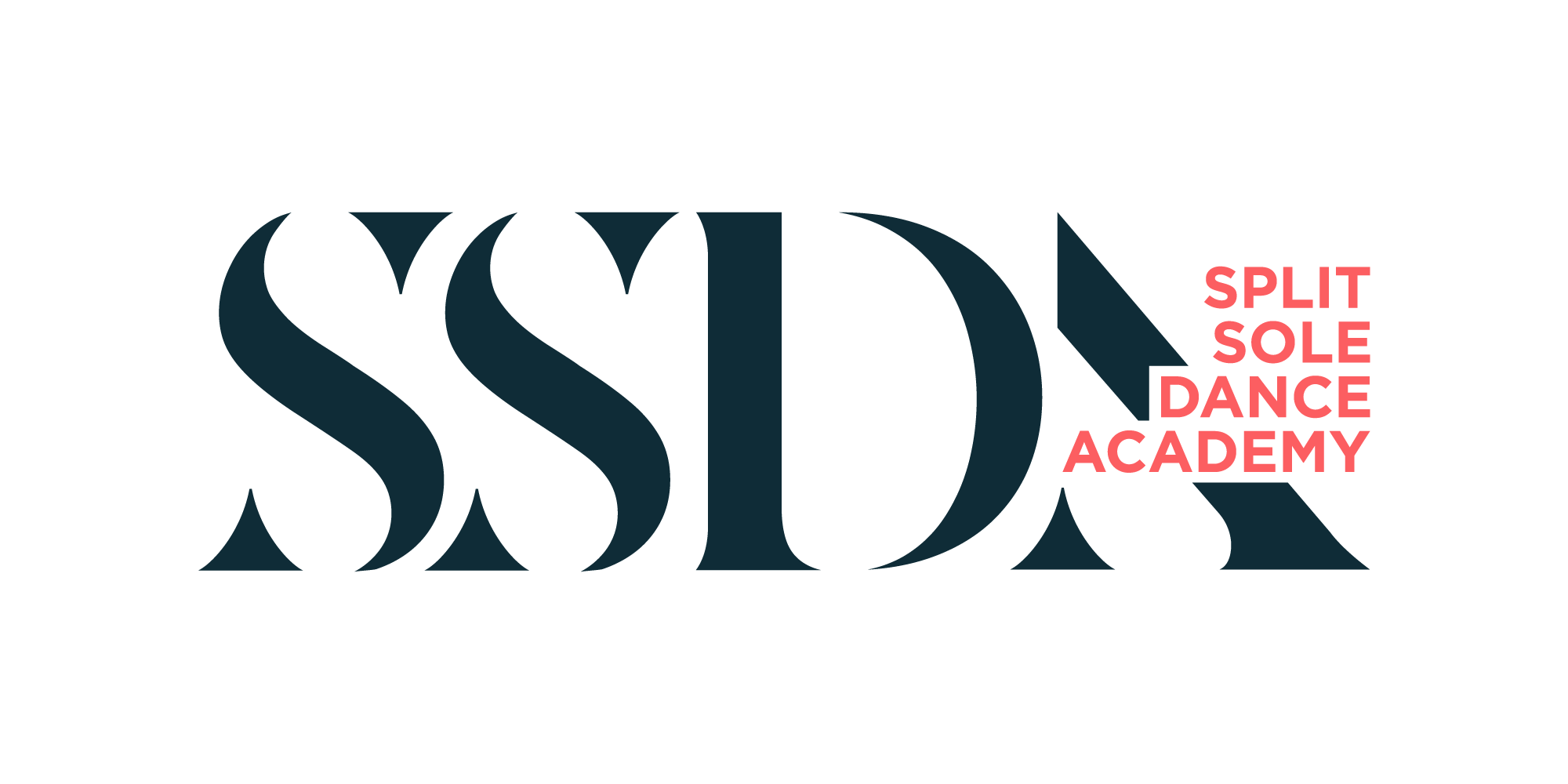Reduced weight, an enjoyable form of exercise, good blood pressure and cholesterol levels, and aiding in the maintenance of a balanced lifestyle are all evident advantages of learning dance. There is clinically substantial evidence that children who actively participate in the performing arts spend less time sitting in front of a computer screen playing video games, and hence are less likely to acquire health issues. Children who spend more than two hours each day on screen-related activities are more likely to acquire health problems including obesity.
Dance Has Physical Health Benefits for Young Children
- Heart and lung function have improved.
- Muscle strength, endurance, and aerobic fitness have all improved.
- Improved coordination
- Greater adaptability
- Blood pressure that is normal
- Overall balance has improved.
- Improved Spatial Awareness
ALSO READ : TOP HIP HOP DANCE
Dance Has Non-Physical Health Benefits for Young Children
- Increased physical self-assurance
- Increased physical and mental well-being
- Increased self-assurance
- Increased self-confidence
- Self-motivation is improved.
- Mental dexterity has improved.
- Improved social abilities.
Is it possible for dancing to help my child’s creativity and well-being?
Dance is not only a pleasant kind of exercise for young children, but it is also a creative expression.At SSDA ,Fun exercise is crucial, but the ability to express creativity is just as important in the development of healthy children as exercising and eating a balanced diet because of the life skills they will learn. Dancing, not just in adults, may help a person feel physically rejuvenated and boost their mood, addressing major disorders such as anxiety and depression1. Dancing in a group is a great way to relieve stress on a regular basis.
Would my child benefit physically from taking a dancing class?
Participating in dancing classes as a youngster has physical benefits. Dance allows youngsters to expand their range of motion while also learning to function in varied environments. Our staff at SSDA provides distinct expertise and trains the students . They learn to understand the impact of their movements on the environment. Dancing also helps a child’s coordination, which is especially important at a time when they are quickly developing in a constantly changing and dynamic environment. Coordination is essential for developing abilities learned in other areas of life, such as learning to ride a bike and multitasking well. Kinaesthetic memory is also developed through dance and movement patterns. From a young age, it also increases strength and endurance. This establishes a strong foundation for the future.
Dance and strong, healthy muscles
The typical person’s body contains 642 muscles. Young children are inherently active, but dancing engages more of these muscles, allowing them to fully utilise their bodies. Children become more aware of their bodies and what they are capable of as a result of learning movement. They get a grasp of what each muscle and limb can do, as well as the bravery to explore with movement and push themselves to see what their bodies can do. This unique sense of adventure is a crucial life skill for youngsters to develop and may be applied in a variety of situations. It aids in the growth of a child’s brain.
Is dancing beneficial to my child’s social development?
Learning to socialise with others is an important element of a child’s cognitive development. The capacity to safely express emotion in front of others demonstrates mental maturity, and learning to do so via movement and dance gives a secure environment for young children to do so. Performing arts activities bring children from all origins and personalities together in a setting that is different from the one they are used to. SSDA caters to a lot of young students already. Children are pushed to discover new methods to adapt and communicate. Children learn to develop trust and productive connections by navigating this new world via creativity.
Participating in a group activity, such as learning a dance routine, emphasises the value of collaboration and fosters the capacity to work effectively in a group setting. As they begin to assist each other learn and practise the stages, the process also helps a youngster gain patience, listening, and leadership abilities. They also learn to embrace vulnerability; that it’s normal not to be able to do everything right the first time, and that it’s appropriate to seek help from the instructor or another student. When asked what additional life skills their kid had gained while at SSDA, the most common responses were social interaction,’ ‘public speaking,’ ‘increased communications abilities,’ and made friends.’ It’s amazing what can be accomplished via the study of performing arts, and how beneficial they are to a child’s interpersonal development.
Nonverbal communication accounts for two-thirds of all interactions. It is critical for young children to realise that a message may be sent both vocally and via the use of appropriate body signals, as well as the ability to read these signals from others. The study of dance and movement can assist a youngster in developing a knowledge of their own and others’ body language. While it is relatively simple to communicate simple emotions such as “happy” and “sad” without using words, dancing may teach a youngster how to physically express more complicated emotions as well as how to understand and react when another person is physically emoting.
Perseverance and self-motivation are essential.
Dance teaches tenacity and self-motivation to young children. Dancing enables kids to try new things and come up with new ways to solve difficulties. It is critical for a child’s personal growth that they understand the value of trial and error, as well as the necessity of trying again if you don’t succeed the first time.When they master a difficult activity, they will feel a sense of achievement and satisfaction that will motivate them to pursue their goals in other areas of life.
Dexterity of the mind of children
When dancing, the practice of repetition and rehearsal develops mental agility. Learning body movement and gestures aids youngsters in better absorbing concepts and increasing their capacity to acquire and retain knowledge. There is a common misconception that youngsters should only attend dancing courses if they wish to perform on stage. The reality is that this could not be further from the truth. Yes, dancing courses are an excellent stepping stone for a youngster who has a natural flare for performing. However, there are a magnitude of benefits of learning to dance for a child who is shy, has low self-esteem or has shown no interest in performing. This is why we are all inclusive, not exclusive, at SSDA . We understand the importance of performing arts to all children and it is our aim to promote this. We provide a safe environment within which young children can blossom and grow, practising important life skills and becoming confident risk takers. Learning to dance, on the other hand, provides several advantages for a youngster who is timid, has poor self-esteem, or has shown little interest in performing. This is why, at SSDA we are all inclusive rather than elitist. We recognise the value of the performing arts to all children, and we strive to encourage them. We create a secure atmosphere for young children to develop and grow, learning vital life skills and becoming confident risk takers.

